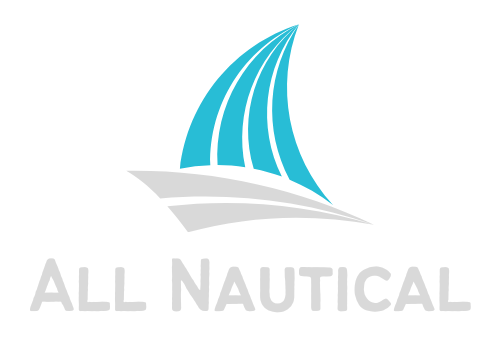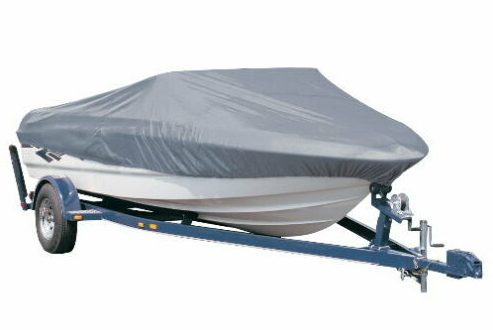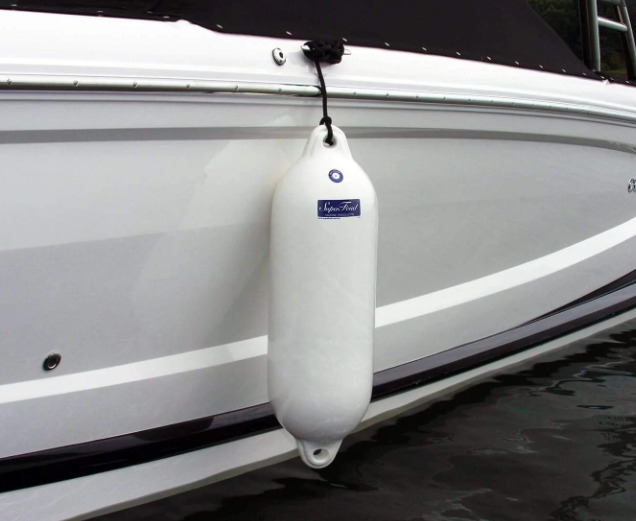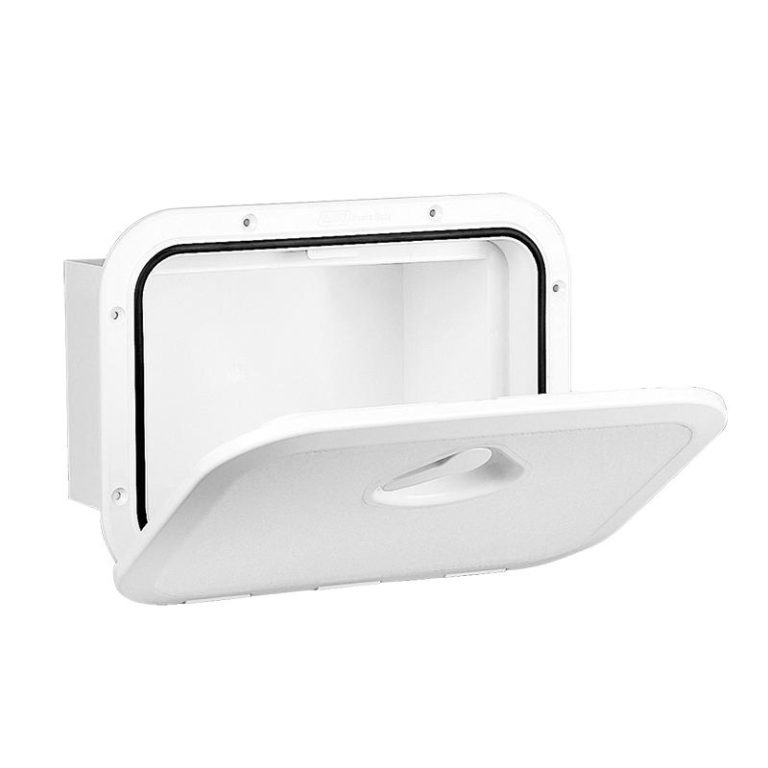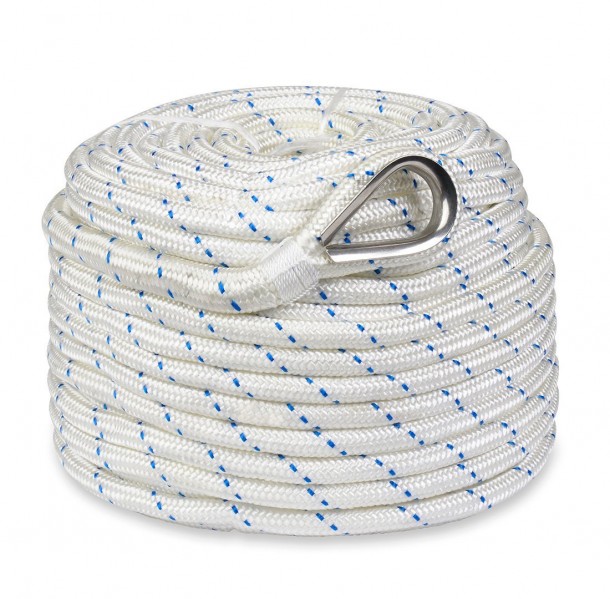Last Updated on May 31, 2022 by Brian Drew
When you own a boat, one of the most important things to do is to ensure it is securely tied when docked. The boats are either secured to the dock itself or to another boat. In both instances, good dock lines are absolutely necessary. There are a number of options to choose from when you are on the hunt for the perfect set of dock lines for your boat.
What To Consider
Here is a list of things one needs to consider before buying:
Material
The first and the most important factor to be considered is the material. These generally come in nylon as it is the most preferred material for the top-rated boat dock lines. Nylon is strong and flexible at the same time. It offers a stretch which is very important to hold the boats in place as tides will tend to move the boat.
If the material does not stretch, it will chafe and break, which is not what one wants when they want their boat to be securely docked. This material has the tendency to shrink and lose a little of its stretch when wet. But it can absorb shocks very well when compared to other materials.
Nylon lines come inlaid and braid construction. Laid lines are made of three or more twisted strands, in order to make them strong enough to last long. It is resistant to abrasion, is very strong, and can stretch more than braided lines. However, these lines can be hard to coil as they tend to kink.
Braided lines are made of a number of small strands, thus making them strong and flexible at the same time. These lines are smooth and easier to handle, as they will not hurt or damage your hands. They are also resistant to chafe as they wear out evenly but can get damaged more easily than the laid lines. This is because the small strands that the line is made of, can catch on to splinters and snags easily.
Though there are other materials available in the market, nylon is by far the most used and recommended for its various qualities.
Usage
If you are looking for dock lines to be used when you are away from the home port, transient lines will be needed. These are different from the permanent lines which are generally used at home port.
The transient lines are made of nylon and the eyes are spliced. This allows anyone on the dock to pass the eye around the cleat while docking and the adjustments can be made onboard using the bitter end.
On the other hand, permanent lines need to be chafe resistant. These ropes are also made of nylon, but the part that passes through the chocks is protected with chafing gear made of leather, rubber, or some fabric. The eye of the line that goes around the cleat is also protected using a chafe sleeve.
Type
When it comes to types, there are three major choices – mega braid, double braid, and three-strand.
- Three Strand – The most affordable of the three. This type has a knobby finish and is easy to splice.
- Double Braid – This type is not very flexible as it has only half the stretch when compared to the three-strand. It is strong for its size and is available in many colors.
- Mega Braid – These are single-braided and are preferred due to their suppleness. They can be coiled and handled easily and come in two colors – black and white. Since they are not easy to splice, customized lines are also sold.
Color
When you have a nice fancy boat, why not match the dock lines too? If one wants to color co-ordinate, the double braided lines can offer a variety of choices to choose from. If a simple black or white would do, the other two types can also be opted for.
Length
It is recommended to have aboard two stern lines and two bowlines. The ideal length of these lines must be enough to wrap around the boat so that there is enough in any given situation.
Transient lines need to be longer, so that they can be used in different places and requirements will vary. When used on the dock and stern, ensure the lines are at least 2/3rd the length of the boat.
When you are buying them for your home port, you can work out the required length but ensure there is enough length for the eye splices. When it is a fixed dock, extra length is recommended to accommodate tides.
When it comes to spring lines, the recommended length is the length of your boat. However, if the length is 1.5 times the length of the boat, it can be more convenient.
Eye Splice
Every dock line must have an eye splice. When it is a permanent line, the eye splice will be on the boat’s end while the transient lines have the eye splice on the end that goes to the shore. The eye slice should not be too big. They should be just big enough to go around the cleats.
For permanent ones, the eye slice must be big enough to go over the horns of the mooring cleats. If the splice is too small, one can feed the eye under the open end of the cleat and loop it back over the horns, for added security. Small splices generally don’t come to loss.
For transient doc lines, an eye size of twelve inches is good enough as the line can be pulled through the eye and a loop can be formed. While the eye end goes to the shore, the adjustments are done on the boat.
Protect From Chafing
With this kind of rope, chafing is a major concern. No matter how well they are tied or protected, they chafe, due to the constant tides. The best way to ensure they don’t wear out easily due to constant chafing is to protect the parts that come in contact with the dock and boat.
There are many gears available in the market, made out of rubber, leather, and other materials. If one does not have access to these gears, a simple hose can do the trick. Just wrap a heavy-duty hose around the areas that come in contact with the dock or boat. The hose will take the abrasion, increasing the longevity of the line.
Other options to protect from chafing are to use galvanized cleats, eyebolts, rings, and shackles. You can pass a chain through the thimble or cleat and close the loop with a shackle or even a chain link. Not only will this protect the lines from chafe, but it is also good protection against theft too.
Conclusion
When you are docking your boat, securing it properly is the most important task. The boat can neither be tied too tight nor too loose, as it will result in damage to the boat itself. These lines are a worthy investment every boat owner must make. Care must be taken not only of the material used but the size too.
When the above-mentioned points are considered, one will cover all the important aspects of choosing a dock line. It is always better to get a professional opinion from a fellow boat owner or from the store itself. Apart from getting worthy inputs about the line to buy, one will also get to know what is new in the market.
Choosing the right dock lines is not too difficult a task when armed with enough knowledge.
